In the vast, windswept colonies of Antarctica, a remarkable social experiment unfolds each year—one that challenges our fundamental understanding of parenting, cooperation, and survival. Emperor penguins, the iconic species of the southern ice, have developed one of the most extraordinary childcare systems in the animal kingdom: the crèche. This collective nursery, where hundreds of chicks huddle together for warmth and protection while their parents forage, represents a breathtaking evolutionary adaptation to one of Earth’s most hostile environments.
The journey begins with the parents. After the female lays her single egg, she carefully transfers it to the male’s feet, where it is nestled under a protective brood pouch. This delicate handoff is critical; if the egg touches the ice for even a moment, the embryo may freeze. The mother, having fasted for weeks, then embarks on an epic trek across the sea ice to feed in the nutrient-rich waters, leaving the male to incubate the egg through the brutal polar winter.
For two months, the father penguin endures temperatures plummeting to -60°C and hurricane-force winds, all while balancing the precious egg on his feet. He loses nearly half his body weight during this fast, surviving on stored fat and the collective warmth of the huddle—a constantly shifting mass of thousands of males, each taking a turn at the warmer center before cycling to the colder periphery. This cooperative thermoregulation is the first act of communal care in the emperor penguin’s lifecycle.
When the chicks finally hatch, they are entirely dependent on their parents for food and warmth. But as they grow, a new challenge emerges: their increasing nutritional needs require both parents to forage simultaneously. Leaving a vulnerable chick alone on the ice, however, would be a death sentence. This is where the crèche system comes into play—a ingenious solution that transforms individual vulnerability into collective resilience.
At approximately six weeks old, the fluffy gray chicks begin to congregate, forming large groups that can number in the hundreds. These crèches function as centralized nurseries, supervised not by any single adult, but through a form of distributed guardianship. While most parents are away fishing, the few adults remaining in the colony—often those who have lost their own chicks or are between foraging trips—keep a watchful eye on the collective young.
The benefits of this system are multifold. First, and most critically, the crèche provides essential warmth. By huddling together, the chicks conserve heat far more efficiently than they could alone, reducing individual energy expenditure by up to 50%. This thermal efficiency is crucial in an environment where heat loss can be fatal, and where parents may be gone for days at a time gathering food.
Second, the crèche offers protection from predators. While emperor penguins have few natural predators on land, skuas—large, opportunistic seabirds—pose a constant threat to isolated chicks. In a crèche, the sheer density of chicks makes it difficult for skuas to target individuals, and the constant movement within the huddle creates a confusing landscape for would-be attackers. Chicks on the periphery occasionally suffer predation, but the majority remain safe within the moving mass.
Perhaps most fascinating is how parents locate their own offspring upon returning from the sea. In a swirling mass of nearly identical chicks, this would seem an impossible task. Yet emperor penguins have developed a sophisticated vocal recognition system. Each chick and parent has a unique frequency modulation in their call—an acoustic signature that allows them to find one another even in a crowd of thousands. This recognition is so precise that parents will reject any chick that is not their own, ensuring that their nutritional investment goes exclusively to their genetic offspring.
The crèche system is not without its costs. Chicks can become trampled in the dense huddles, and diseases may spread more easily in such close quarters. Yet evolution has clearly favored this strategy; emperor penguins are the only penguin species that breeds during the Antarctic winter, and their crèching behavior is a critical adaptation that makes this possible.
Scientists view emperor penguin crèches as a fascinating example of emergent collective behavior—a system where simple individual rules (seek warmth, follow movement, respond to parents’ calls) give rise to complex group dynamics that enhance survival. Researchers using thermal imaging have documented how the chicks move in coordinated waves, constantly reorganizing to maximize heat retention while minimizing crushing pressure. These self-organizing patterns resemble fluid dynamics more than animal behavior, revealing the profound physical intelligence embedded in this social system.
As climate change accelerates the melting of Antarctic sea ice, the future of this intricate social experiment hangs in the balance. Emperor penguins rely on stable sea ice for breeding and crèching; early breakup of ice can lead to catastrophic chick mortality. Recent years have seen several complete breeding failures in some colonies, a worrying trend that has led scientists to recommend listing the species as threatened.
The crèche of the emperor penguin stands as a powerful testament to the evolutionary innovation that can emerge under extreme pressure. It demonstrates how cooperation and collective care can overcome individual limitation, how sound can create order in apparent chaos, and how life persists even in the most unforgiving corners of our planet. This synchronized dance of survival— enacted by devoted parents and huddled chicks—reminds us that sometimes, the strongest strategy is not to go it alone, but to stand together.

By /Aug 21, 2025
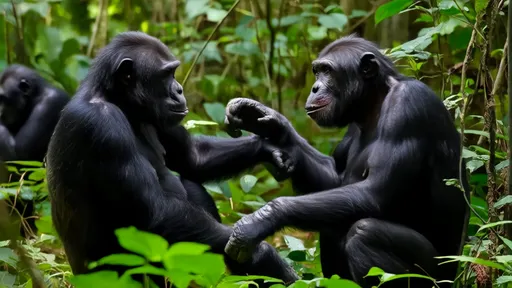
By /Aug 21, 2025
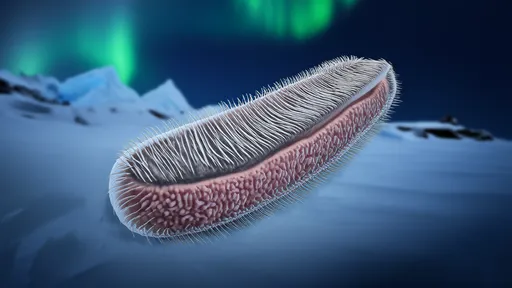
By /Aug 21, 2025

By /Aug 21, 2025

By /Aug 21, 2025
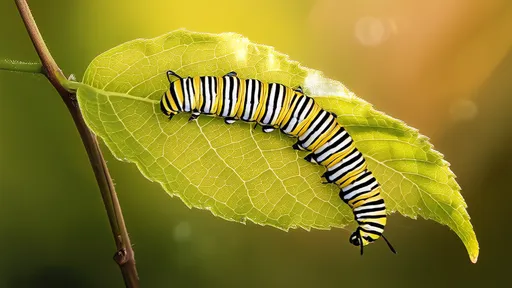
By /Aug 21, 2025

By /Aug 21, 2025
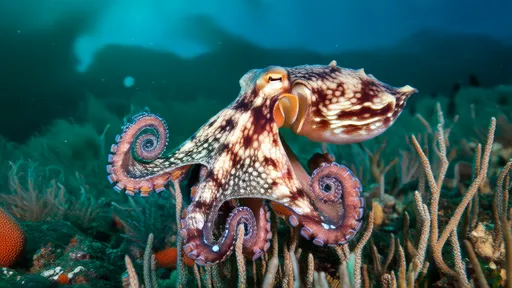
By /Aug 21, 2025
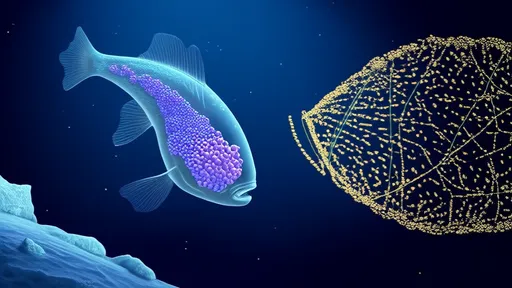
By /Aug 21, 2025

By /Aug 21, 2025
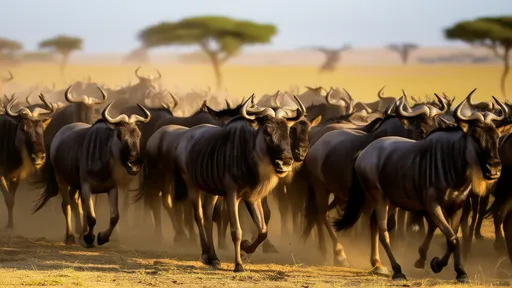
By /Aug 21, 2025

By /Aug 21, 2025

By /Aug 21, 2025
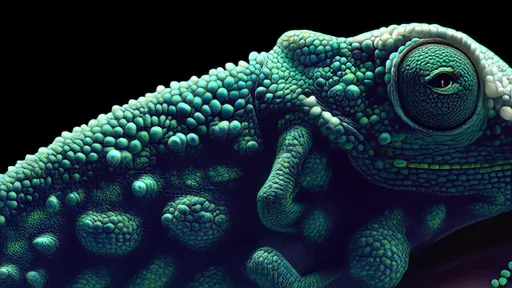
By /Aug 21, 2025

By /Aug 21, 2025

By /Aug 21, 2025
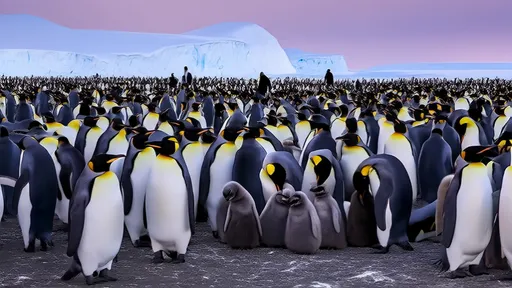
By /Aug 21, 2025
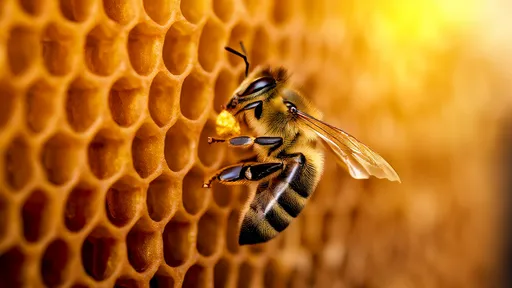
By /Aug 21, 2025
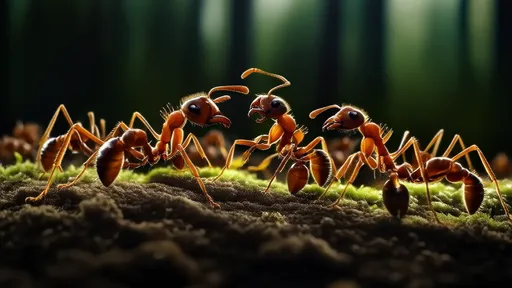
By /Aug 21, 2025

By /Aug 21, 2025